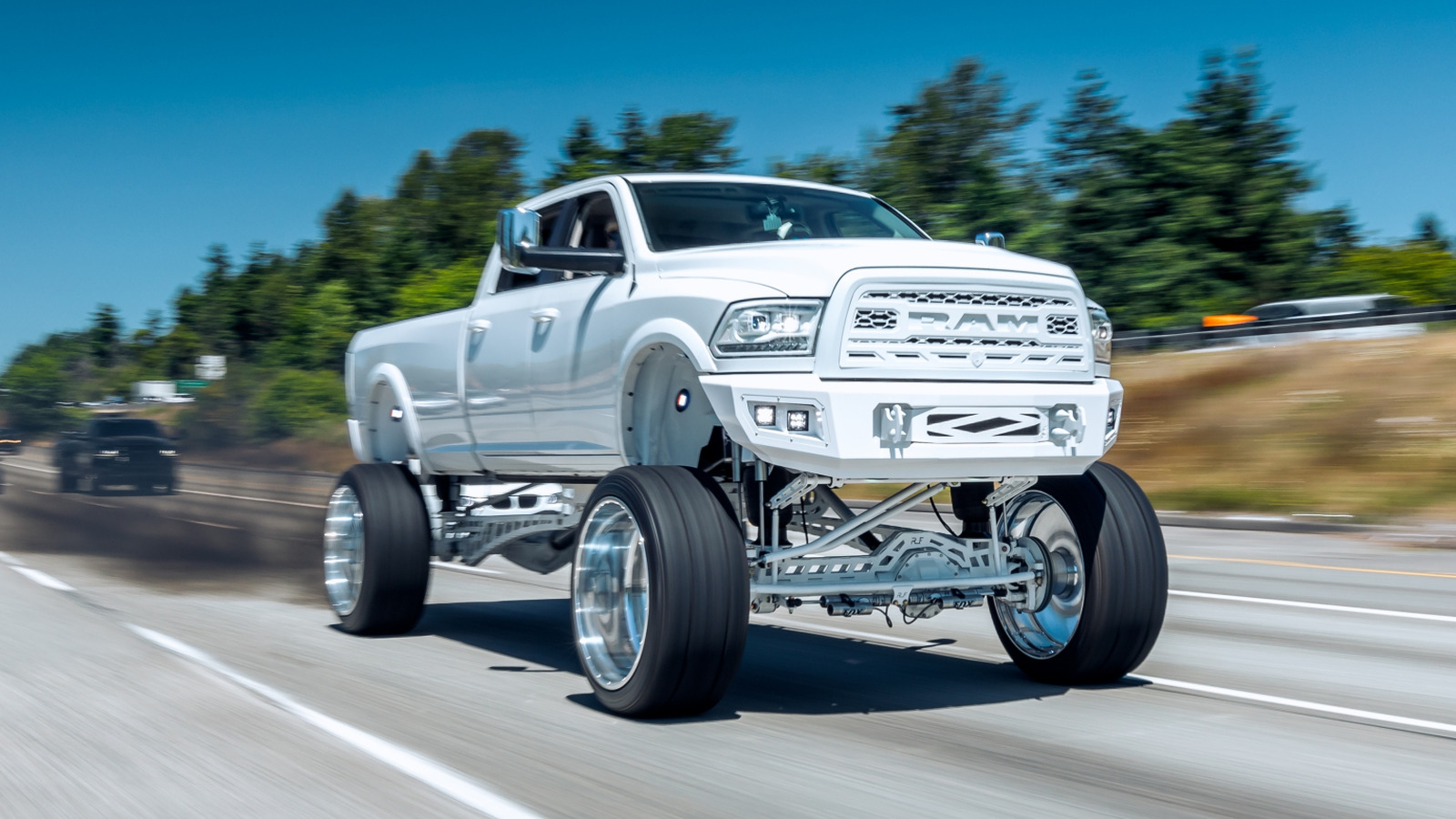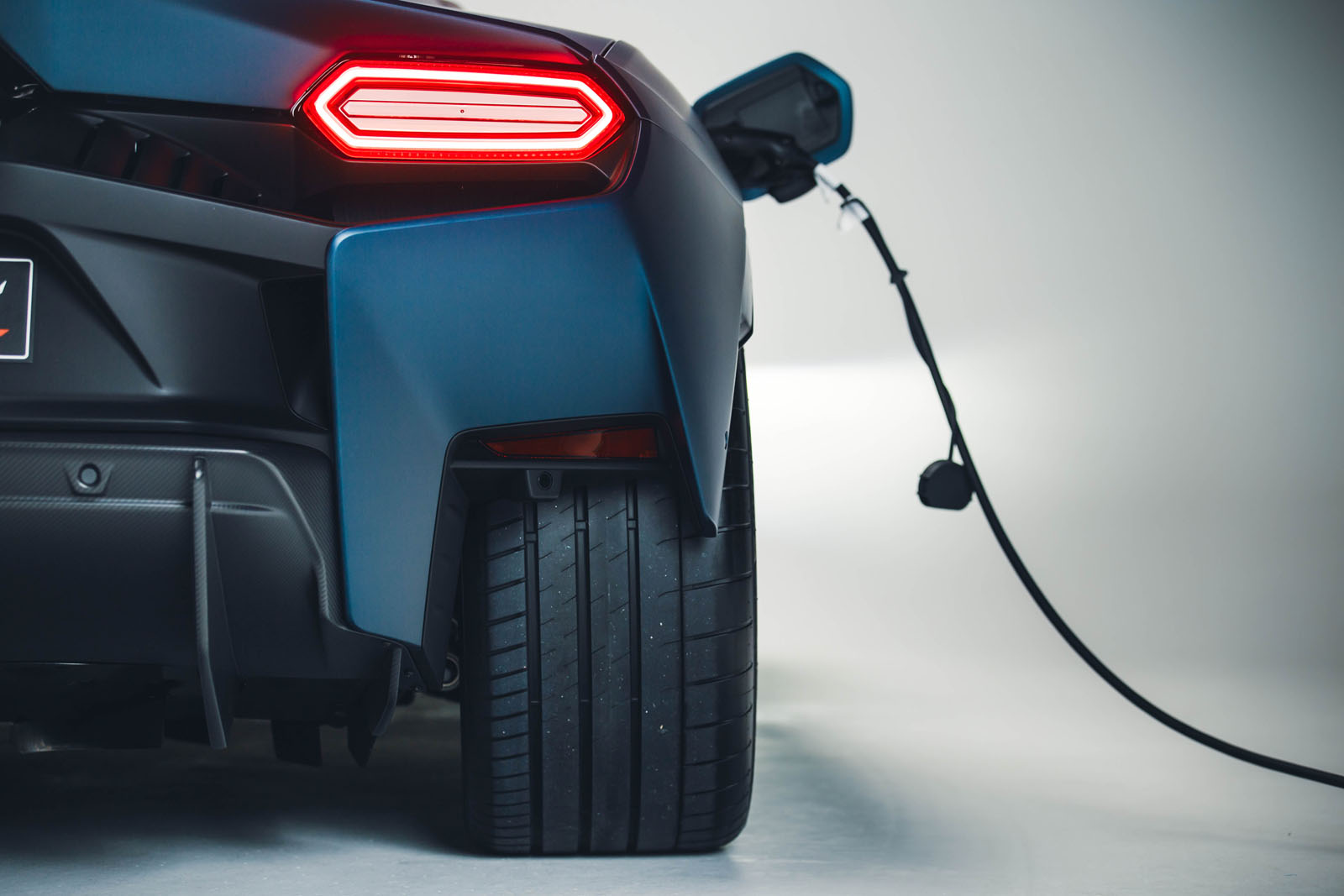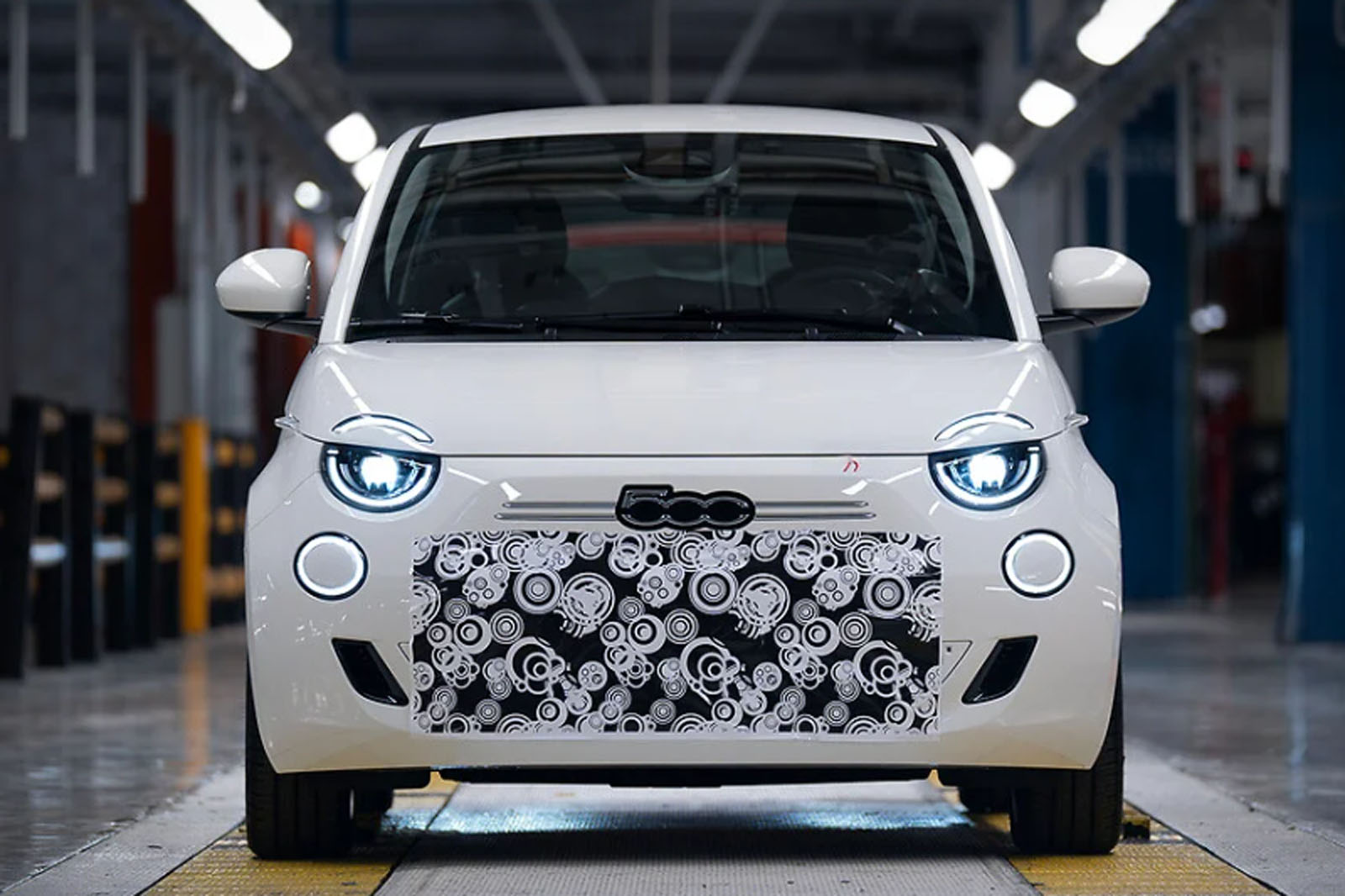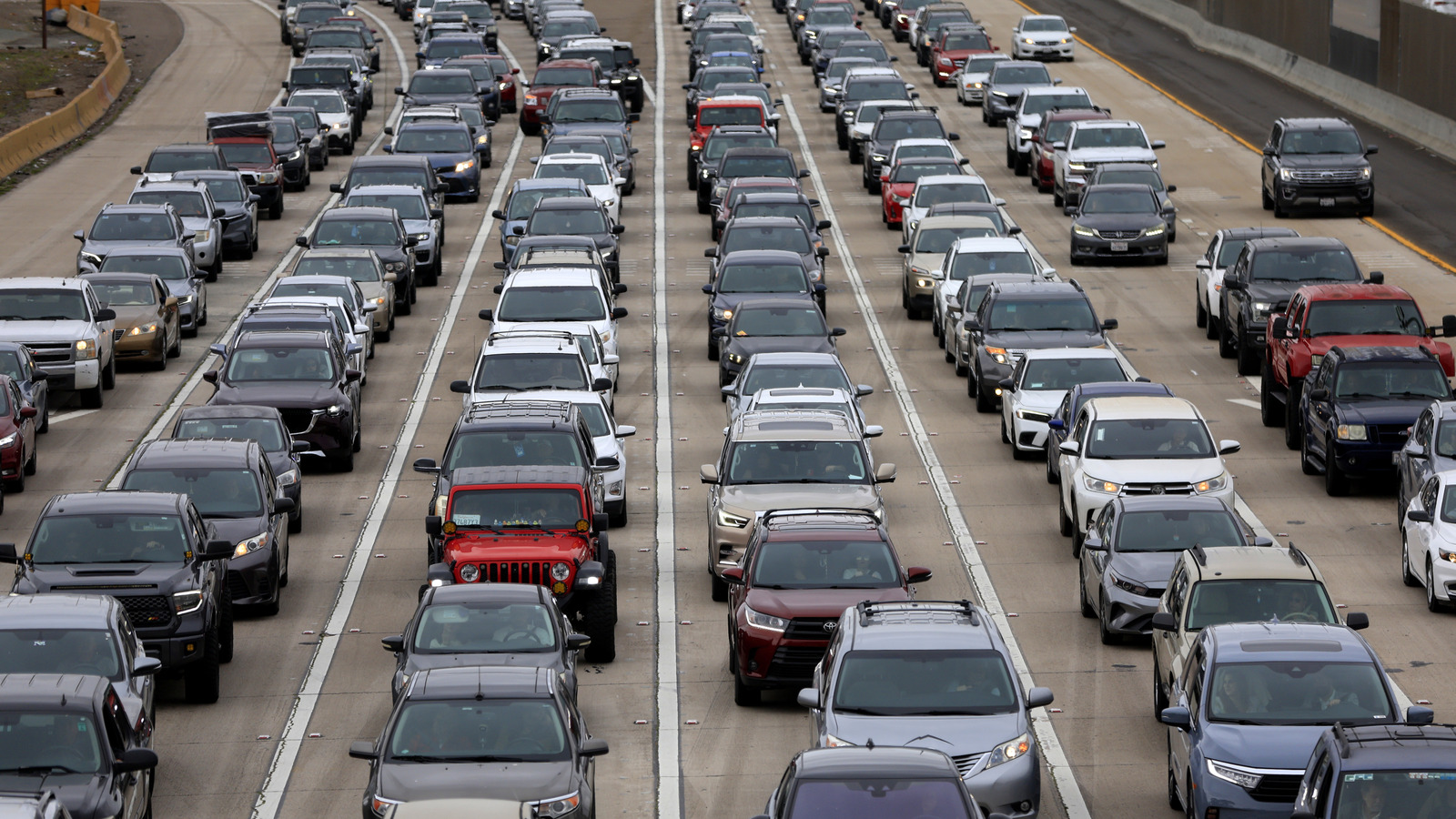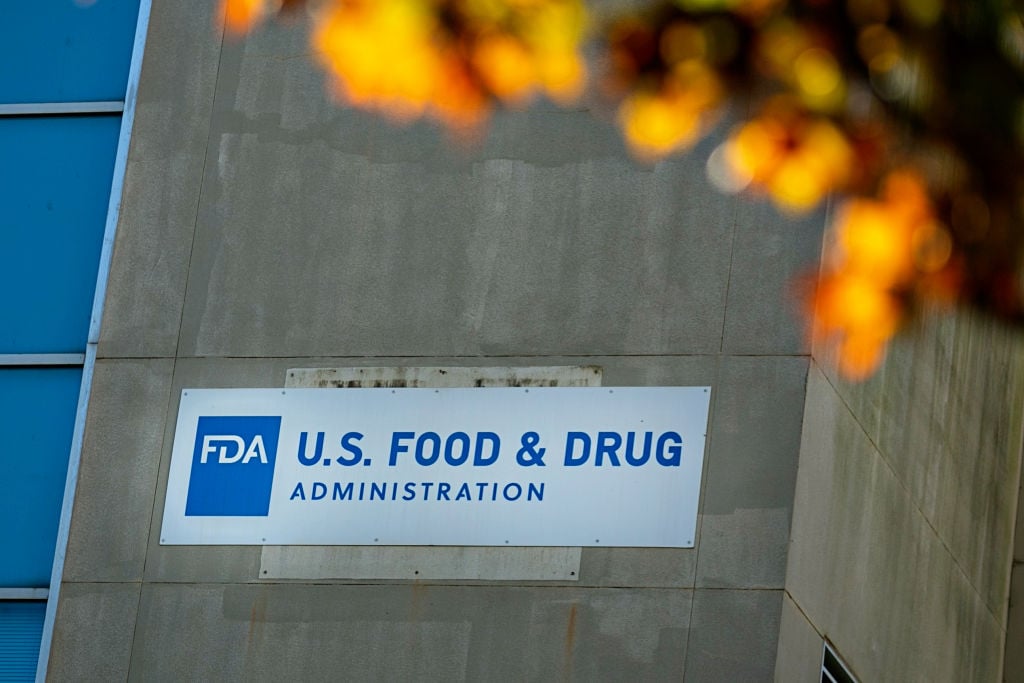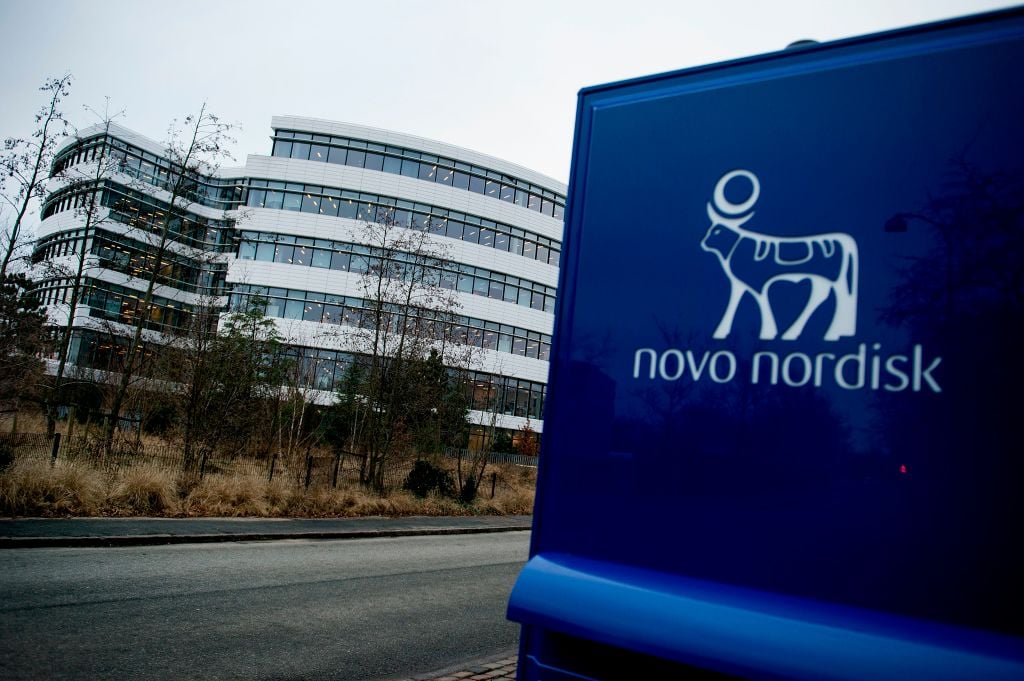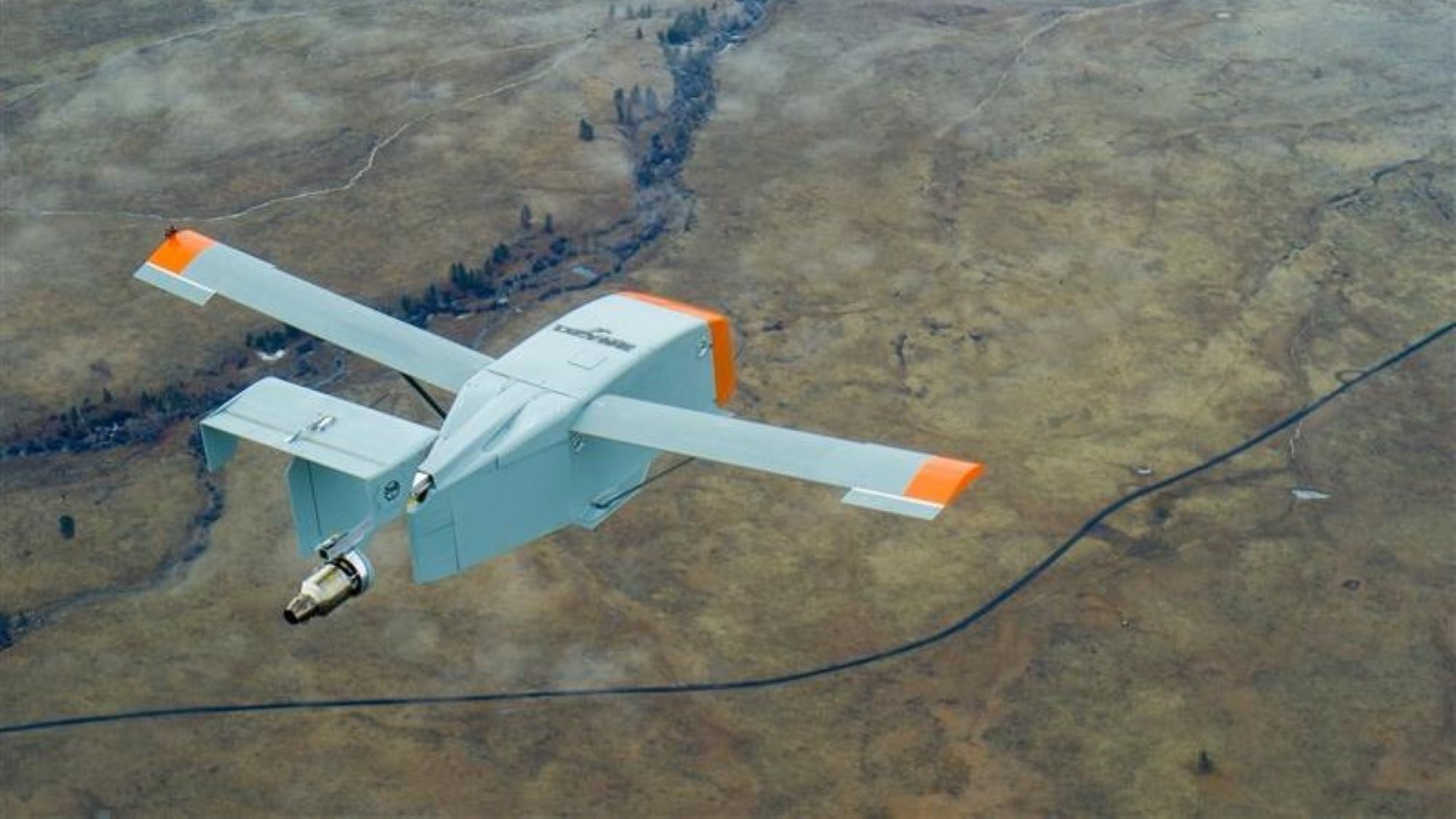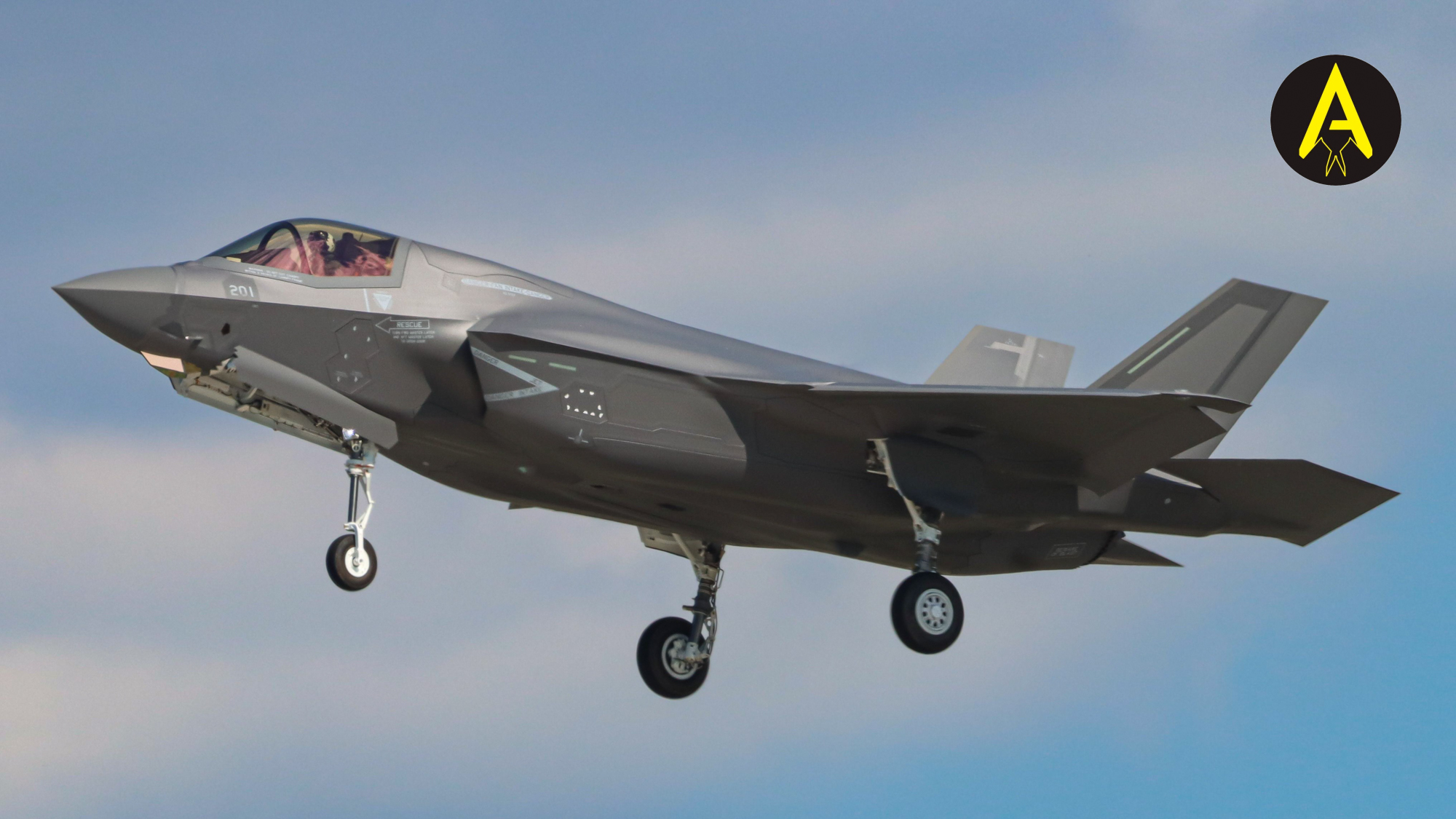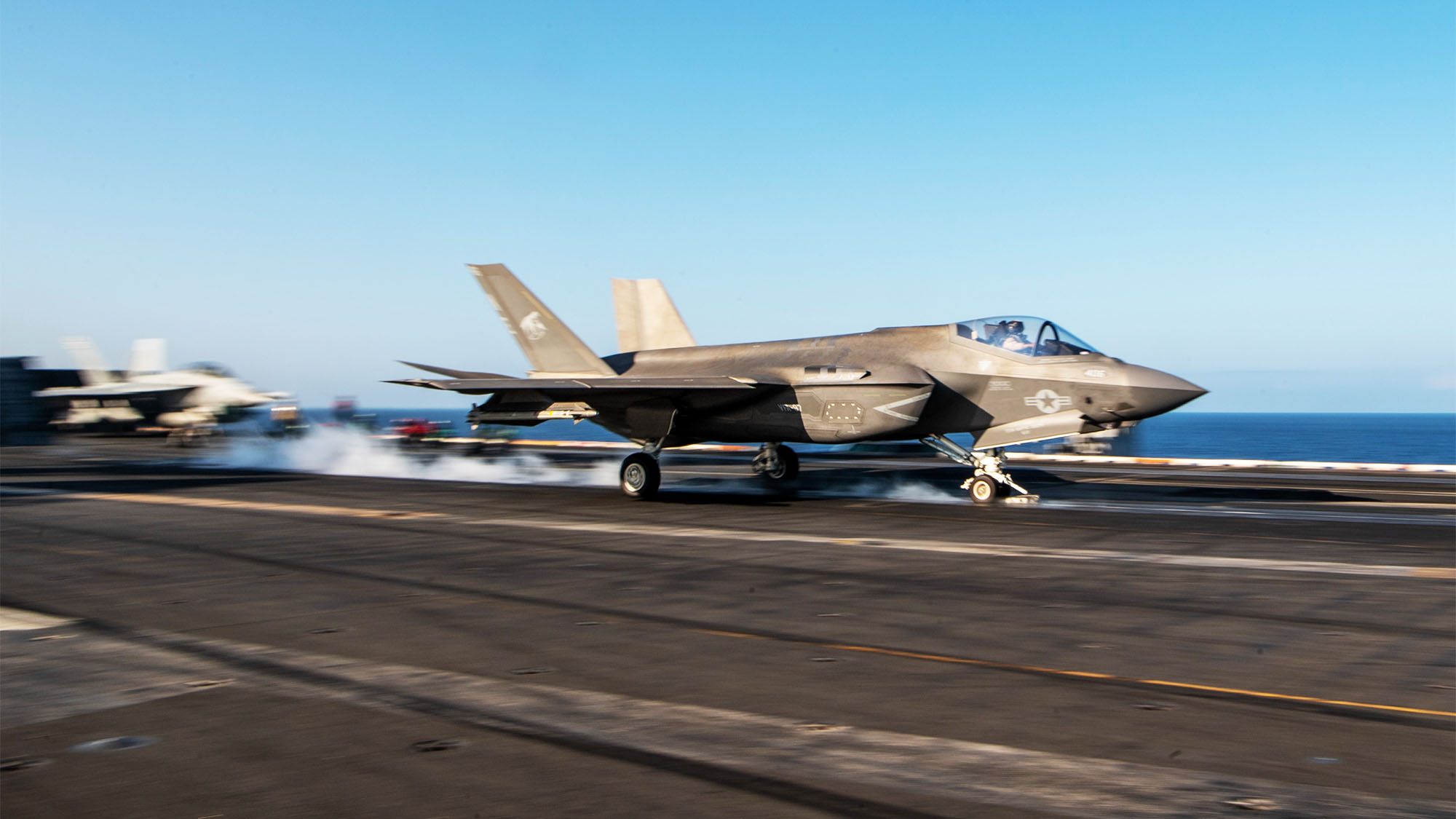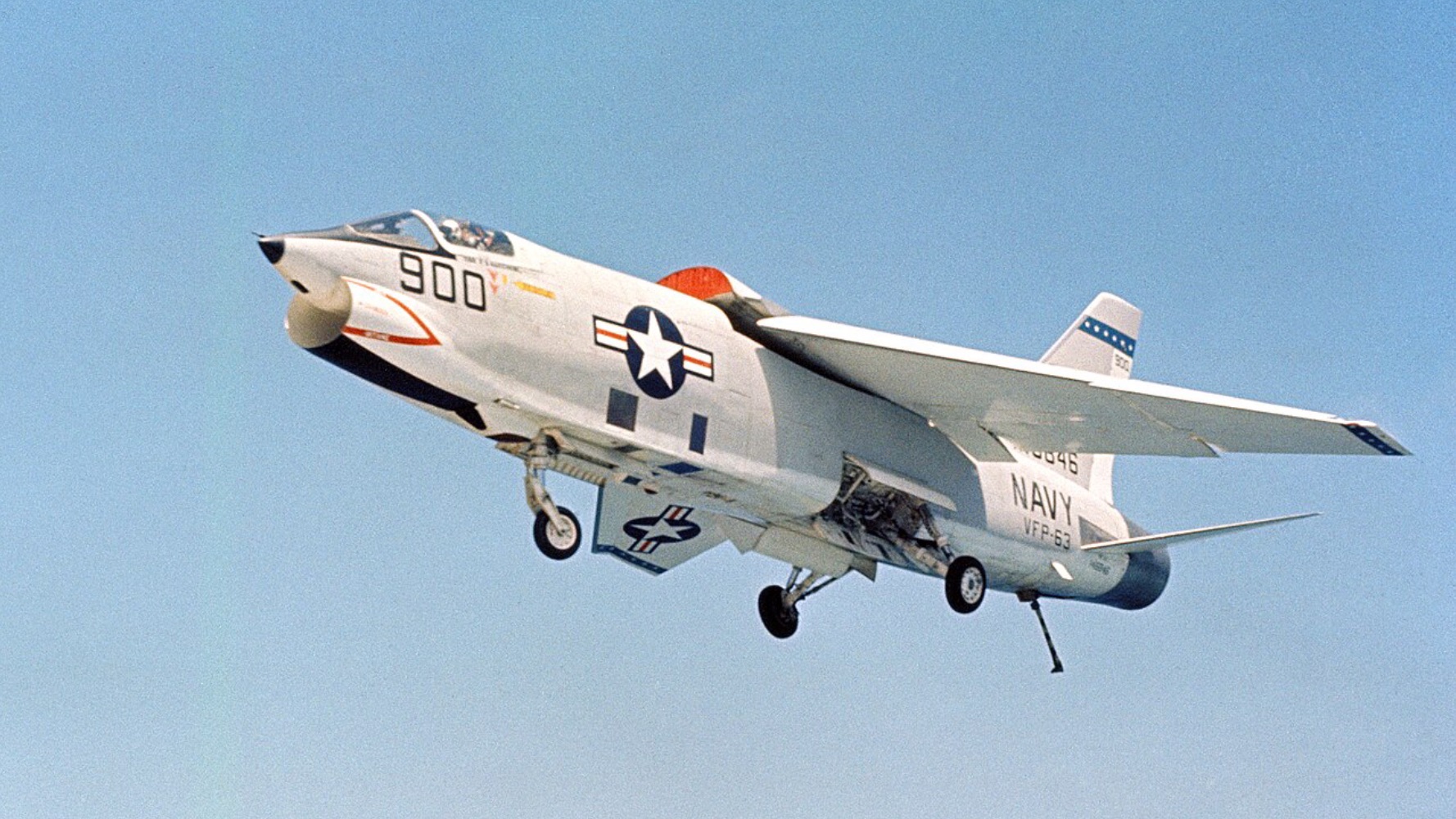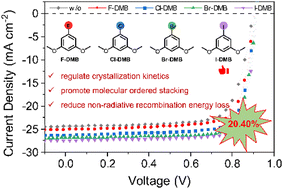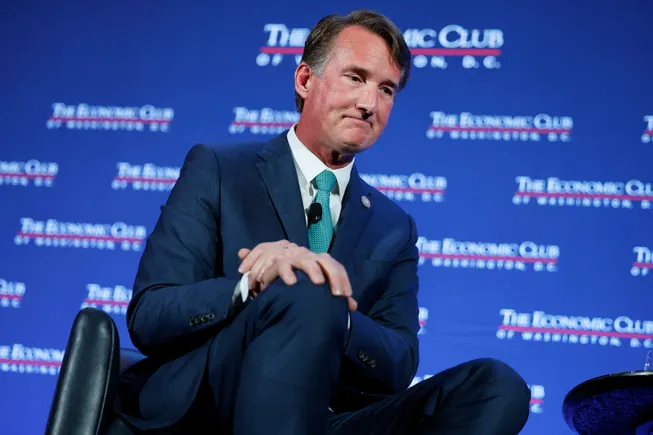Fuel-Saving Strategies Worth Trying in 2025 – Part 2
Fuel is your largest expense and your biggest opportunity. From transmission choices and smart fueling to preventing fuel fraud, this guide provides practical, proven strategies for owner-operators and small fleets aiming to trim costs, boost efficiency and keep profits rolling in 2025. The post Fuel-Saving Strategies Worth Trying in 2025 – Part 2 appeared first on FreightWaves.

As diesel prices continue to bounce unpredictably, your fleet’s fuel strategy has to evolve beyond the pump. Last week, Adam Wingfield shared tools to trim fuel consumption; this week, we’re stepping back to look at the bigger picture, blending high-tech innovations with practical fleet-management techniques that can boost fleet profitability. From safeguarding against fuel fraud to reevaluating your transmission choices, every little detail can add to serious savings.
Fighting Fuel Fraud and Not Overpaying at the Pump
According to industry reports, fuel fraud is a silent thief, quietly draining profits by as much as 10% annually. Motive’s Fuel Card stands out by linking your fuel purchases to real-time truck location data and tank capacities. It also actively searches local fueling options, recommending the cheapest nearby alternative to your preferred stops.
Say your driver habitually stops at TA, but Motive finds diesel 20 cents cheaper across the street at Love’s. It will alert you. Motive automatically reviews purchases, flags suspicious activity and offers a $250,000 fraud-protection guarantee, providing substantial peace of mind.
- Potential Annual Savings: Up to 10% via fraud prevention and optimized fueling.
- Cost: Included with Motive subscription.
Transmission Matters
One area often overlooked by small fleets is the choice of transmission. While many veteran drivers swear by manual transmissions for control, automated manual transmissions (AMTs) and fully automatic options have become incredibly efficient, shaving critical percentages off your fuel bills.
Modern AMTs and automatics shift precisely, keeping engines at optimal RPMs to conserve fuel. Studies by OEMs like Volvo and Freightliner consistently show that automatic transmissions yield 3%-5% better fuel efficiency than traditional manuals. This may seem small, but a year translates into thousands in savings per truck.
- Potential Annual Savings: 3%-5% fuel savings.
- Recommendation: Evaluate the cost-benefit for your fleet, especially during equipment upgrades.
Vehicle Utilization – Optimize Your Fleet’s Capacity
An underutilized truck burns almost the same amount of diesel as a fully loaded one, without the revenue. Maximizing vehicle utilization and consolidating loads can significantly reduce unnecessary fuel usage.
One strategy is to use load optimization software or good old-fashioned fleet dispatch planning to eliminate partial loads or empty backhauls. Additionally, consider carefully matching truck size and type to the cargo. Running heavy-duty trucks for lightweight local runs is often wasteful; downsizing where practical can lead to meaningful fuel savings.
- Potential Annual Savings: Up to 10% through better load planning.
- Practical Tip: Regularly audit your dispatch patterns and cargo loading efficiency.
Bulk On-Site Fueling – Smart Choice for Regional and Local Fleets
Buying diesel wholesale and storing it on-site can offer dramatic cost savings for fleets that regularly return home. Bulk fuel often costs significantly less per gallon than retail. This option also helps manage driver downtime and improves route efficiency.
Quality is crucial, so storage tanks must be kept well maintained. Dirty or water-contaminated diesel quickly erodes your savings and damages engines.
- Potential Annual Savings: 10%-15% per gallon savings versus retail prices.
- Implementation Cost: Setup can range from $5,000-$15,000, depending on tank capacity.
Fleet Telematics – Beyond Just Tracking
Telematics solutions from Motive, Netradyne and Geotab analyze driver behavior, route efficiency and maintenance needs. They also show real-time fuel performance and pinpoint fuel-wasting behaviors like excessive idling, hard braking and aggressive acceleration.
Regularly reviewing this data with your drivers and providing targeted coaching reduces fuel waste.
- Potential Annual Savings: 5%-10% with effective use.
- Typical Cost: Around $30-$50 a month per truck.
Idle Reduction – Practical Alternatives to Idling
Idle time is dead money. A top-tier APU like the Thermo King TriPac is exceptional, but budget-conscious options include battery-operated climate-control systems and diesel-fired heaters (Espar/Eberspaecher). Each eliminates the need for overnight idling without a significant upfront investment.
- Potential Annual Savings: 3,000-5,000 gallons per truck per year.
- Implementation Cost: $2,000-$8,000 per truck.
Predictive Maintenance – Keep Your Fleet Efficient
Waiting until an engine fault forces downtime is risky and expensive. Predictive maintenance software like Uptake uses sensors and analytics to anticipate problems well before they become breakdowns, reducing unplanned maintenance and associated fuel inefficiencies.
- Potential Annual Savings: 5%-10% through improved uptime and efficiency.
- Cost: Approximately $20-$50 a month per vehicle.
Max Mileage Fuel Catalyst
The Pittsburgh Power Max Mileage additive isn’t just hype. It cleans injectors and improves combustion efficiency, making each gallon of diesel do more. Real-world fleet users report consistent fuel economy and diesel exhaust fluid (DEF) consumption improvements.
- Potential Annual Savings: Additional 3%-5% savings.
- Typical Cost: About $120 a month per truck.
Smart Routing
Sometimes, fuel savings are less about technology and more about strategy. UPS famously reduced millions of gallons of fuel consumption by minimizing left-hand turns on delivery routes, saving time, avoiding idling and reducing accident risk. Independent owner-operators and small fleets can adopt a similar mindset, optimizing routes by distance and turning patterns, congestion hot spots, and predictable idling points. Using advanced routing platforms like the Garmin dēzl OTR1010 GPS, which integrates real-time traffic, topographical data and live fuel prices, fleets can strategically reroute drivers to avoid high-idle scenarios and costly maneuvers. Coupling data-driven route optimization with practical changes, such as limiting left turns, bypassing congested intersections and identifying alternative fueling locations, can significantly enhance fuel efficiency and profitability.
- Potential Annual Savings: 2%-5% through route optimization, strategic turn reduction and reduced idling.
- Cost: Around $900 per Garmin dēzl OTR1010 unit, or minimal cost when implementing practical routing strategies manually.
Tire Pressure Monitoring and Automatic Inflation Systems
Proper tire inflation is important for safety and can dramatically reduce fuel consumption. Systems like the Meritor Tire Inflation System (MTIS) automatically maintain tire pressure while driving, maximizing fuel economy and extending tire life.
- Potential Annual Savings: 1%-2% fuel savings.
- Cost: $1,200-$1,800 installed per trailer.
Hiring Fuel-Conscious Drivers (Training Them Right)
Fuel efficiency starts with the person behind the wheel. Not every driver is created equal when it comes to MPG. One driver can squeeze 7.5 MPG out of a load while another barely gets 5.5 MPG on the same route. The difference often comes from training, shifting habits, throttle discipline and mindset. Hiring drivers who understand cruise control, idle management and progressive shifting is a competitive advantage, especially when fuel is 25%-30% of your operating cost.
Hiring is just half the equation. Training closes the gap. Systems like Luma Brighter Learning offer bite-sized, video-driven modules that reinforce fuel-conscious driving behaviors, from maintaining momentum on hills to using predictive cruise and understanding terrain-based throttle control. Carriers using Luma see improved MPG, reduced wear on equipment and fewer compliance headaches.
You can also combine this with Motive’s driver-facing app or coaching tools, which score driver performance, flag aggressive driving behaviors and reward fuel-efficient habits.
- Estimated Annual Savings: 5%-15% based on driver behavior.
- Cost: Variable. Often under $10-$20 a month per driver for eLearning programs like Luma.
Bottom line? Smart drivers drive leaner, and trained drivers stay longer. Build a fuel-first culture, and the savings show up in every trip, every mile, every tank.
Small Changes Mean Big Savings
Fuel economy is about habits, awareness and the innovative application of proven tools. Whether it’s learning to live with the automated transmissions, leveraging bulk fueling or cutting fraud with smart fuel cards, the incremental gains add up. Each small improvement can yield thousands of dollars annually per truck.
The bottom line? Pick one or two strategies, measure your savings, and then build upon them. It’s about consistent, incremental improvements. This isn’t a sprint, it’s a marathon, and every mile counts. If you want to keep your trucking business profitable in the unpredictable fuel market in 2025, it’s time to embrace a proactive, comprehensive approach to fuel management.
Work smarter, not harder.
The post Fuel-Saving Strategies Worth Trying in 2025 – Part 2 appeared first on FreightWaves.











